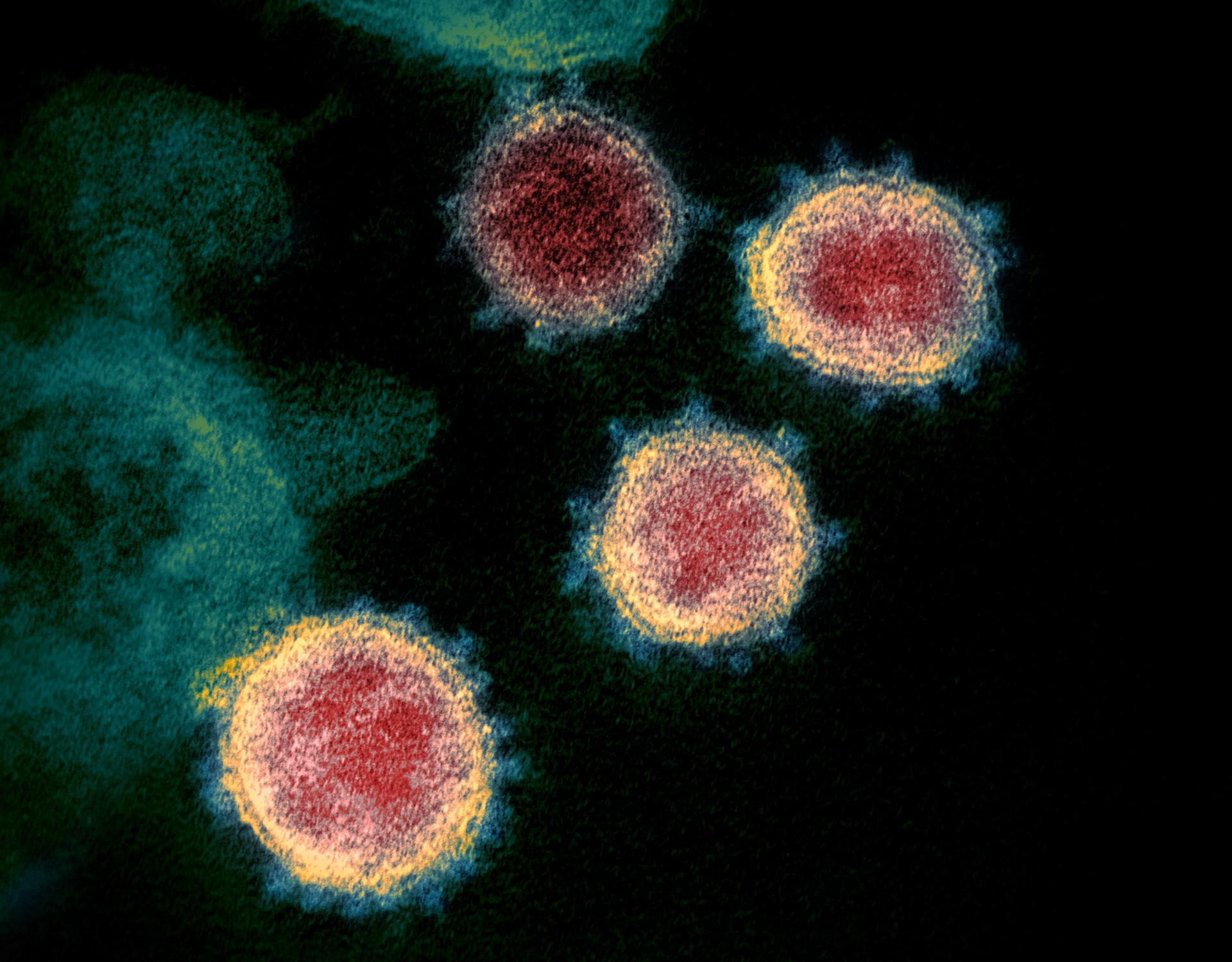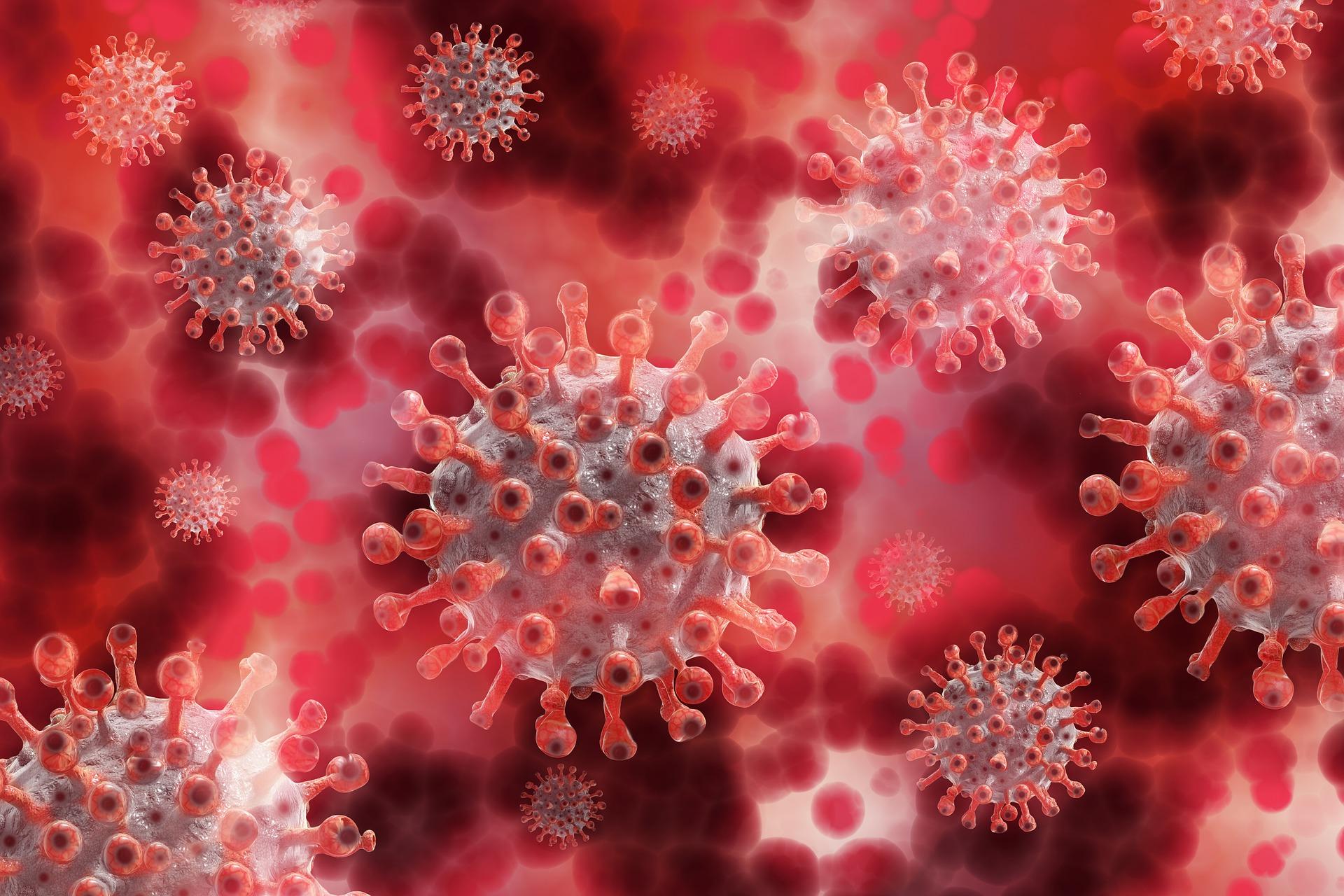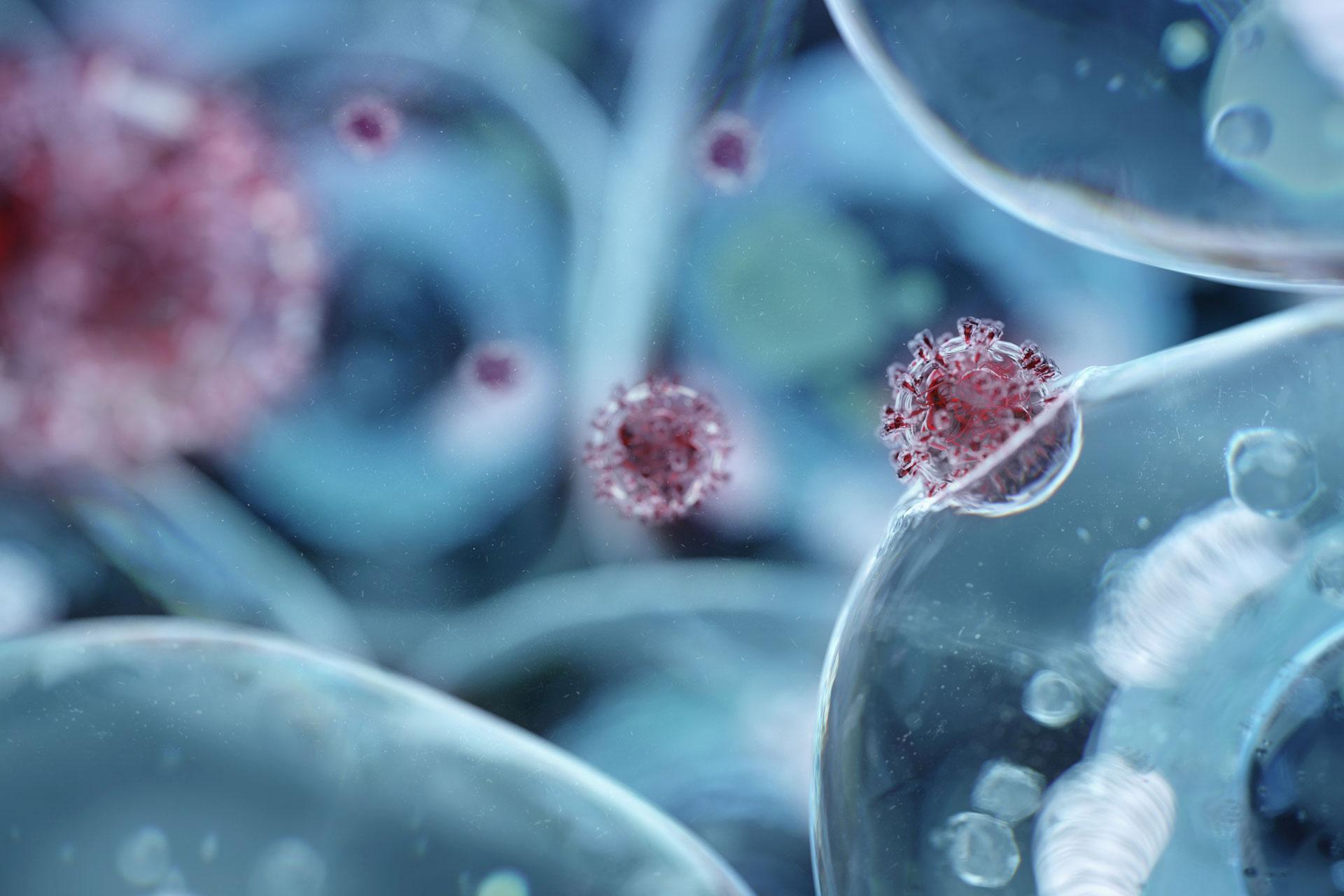SARS-CoV-2, the virus that causes COVID-19, can potentially infect a wider number of animal species including rodents and ferrets, reveal Pirbright scientists.
The study found that SARS-CoV-2 variants Alpha, Beta and Delta can infect more species compared to the ancestral virus strain, this is due to mutations in its genetic code.
SARS-CoV-2 emerged in Wuhan, China in late 2019 and is suspected to have come from an animal reservoir, with bats being the most likely culprit, though this is still to be confirmed. Since then, there have been reports of disease in mink, deer and even pet cats.
Research published this week in The Journal of General Virology looked at SARS-CoV-2 variants of concern to understand their ability to enter cells of different animal species.
SARS-CoV-2 is able to enter cells using spike proteins found on the surface of the virus to bind to a receptor on the host cell called ACE2. By attaching to ACE2, the virus can enter the host cell and replicate to cause disease.
Researchers tested ACE2 receptors from a range of animal species including mice, rats, hamsters, ferrets, civets and pigs with spike proteins from various variants of concern. The results demonstrated that changes to these proteins allowed the virus to enter host cells and infect a wider range of species.
This knowledge is crucial as it allows scientists to predict which animals can be infected with SARS-CoV-2 and whether this poses a risk to other animals and humans. It also helps scientists to develop animal models for COVID-19 which could inform future strategies for disease treatment and prevention.
Dr Dalan Bailey, Head of Pirbright’s Viral Glycoproteins group said: “It is really important to understand the mechanism of how SARS-CoV-2 gains entry to cells to make sure we’re using the right animal models when testing in the lab. Our results support the current models being used, but it’s important to know that you’re using the right species. Variants of the virus need to adapt when they reach new species and improving our understanding of what those adaptations are is helpful. But it’s not the whole story. The entry into the cell is just one step. There are some species with cells that allow virus entry but not replication, or infection. That is harder to understand, and the G2P Consortium (a national research project studying emerging variants of SARS-CoV-2) is working together to try and figure out why that is.”
Professor Wendy Barclay, co-author of the paper and Head of Department of Infectious Disease and Medical Research Chair at Imperial College London, spoke at the Microbiology Society Conference this week and agreed that collaboration is the best way to advance scientific knowledge and said: “I think one of the only good things to come out of the COVID-19 pandemic is that people really have worked together…People working together is going to be essential for those rapid responses we need.”
This work was supported by the G2P-UK National Virology Consortium funded by UK Research and Innovation Biotechnology and Biological Sciences Research Council Grants and Medical Research Council Grants.



